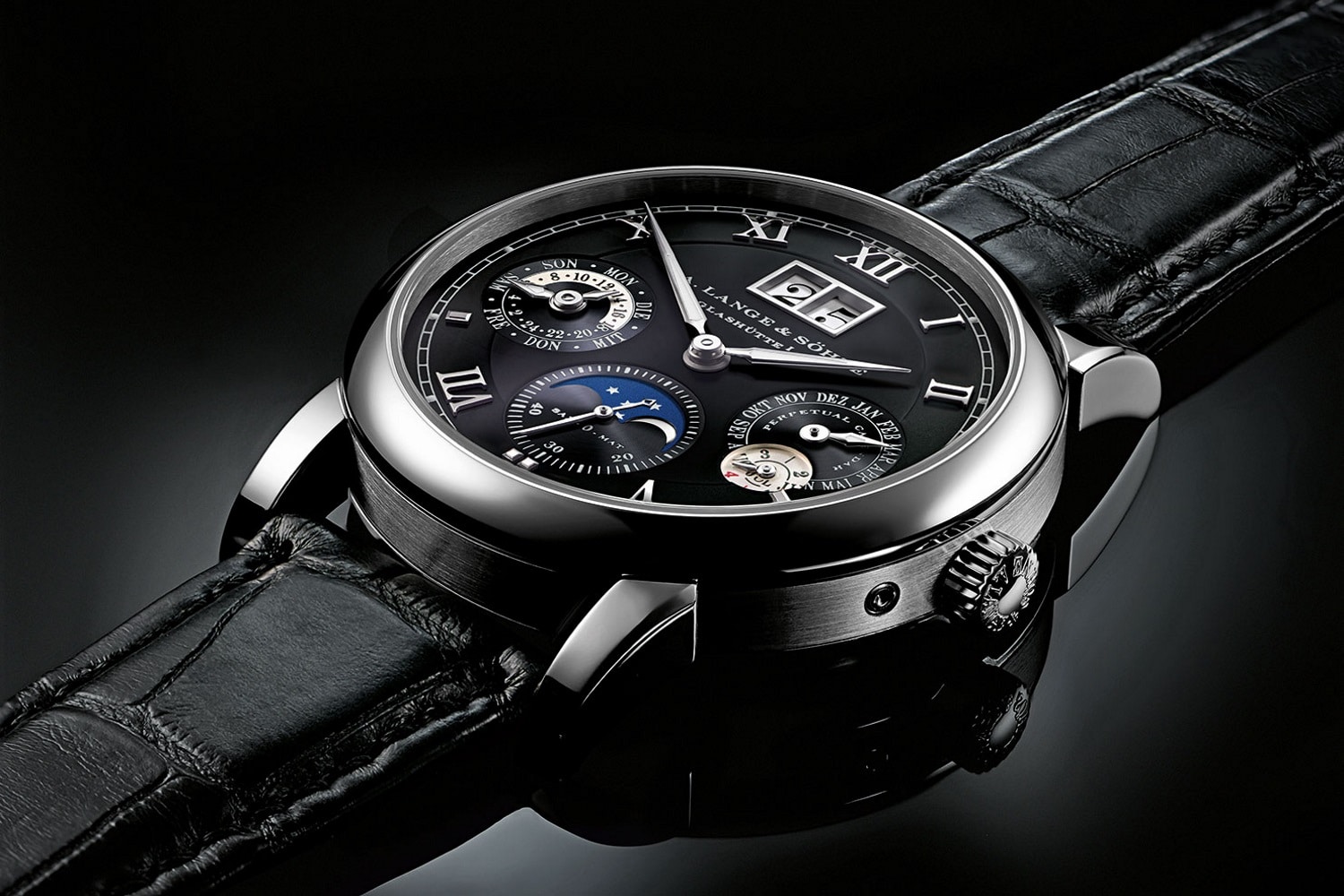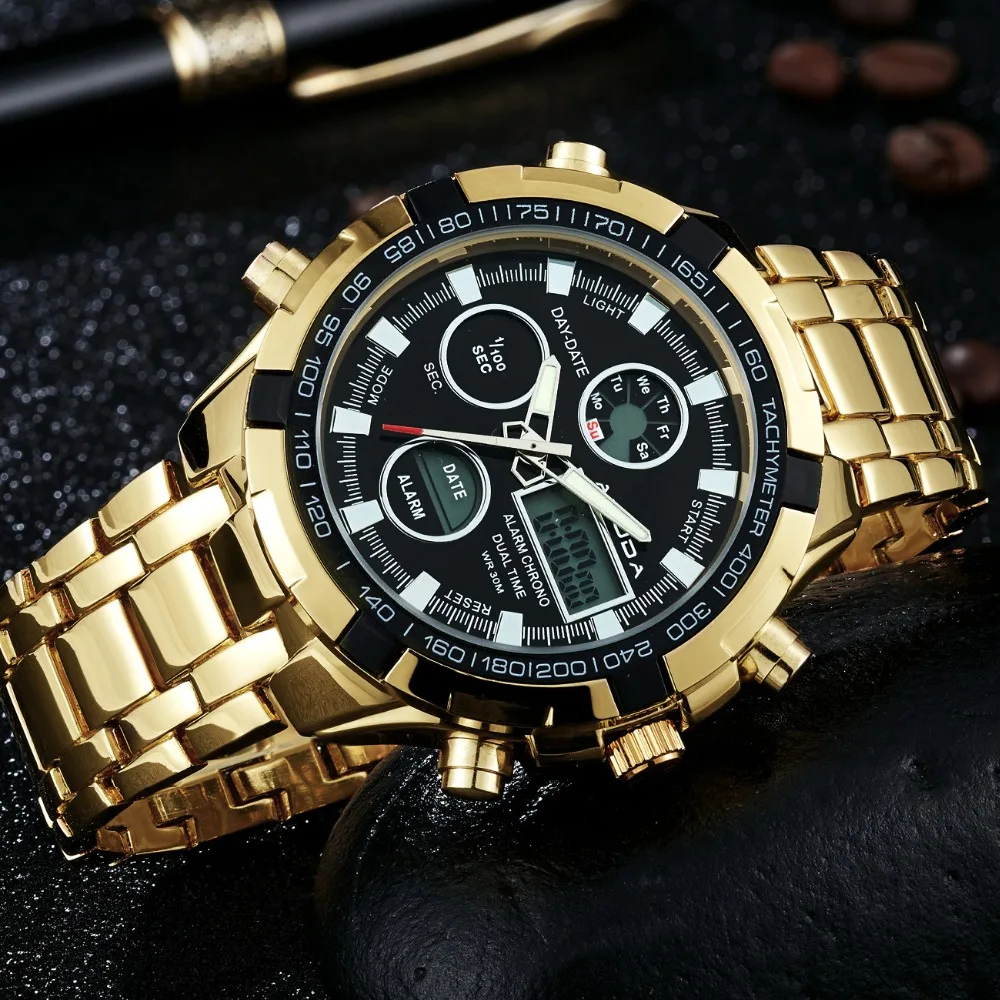Watch Terminology and Concepts: Reloj In English

Reloj in english – The realm of horology encompasses a diverse array of timepieces, each boasting unique characteristics and mechanisms. From the intricate workings of analog watches to the cutting-edge capabilities of smartwatches, the world of watches offers a fascinating exploration of precision and style.
If you’re trying to figure out how to say “watch” in Spanish, it’s easy! Just say “reloj.” And if you’re a fan of the Mexican pop band Belanova, you might enjoy their song “Peso Pluma.” You can find the lyrics to that song here.
But don’t forget to come back and learn more about Spanish vocabulary!
Types of Watches
Analog watches, with their mesmerizing dials and intricate hands, have graced wrists for centuries. Digital watches, on the other hand, display time numerically, offering a modern and precise alternative. Smartwatches, a recent innovation, seamlessly blend traditional timekeeping with advanced technology, providing a multitude of functions beyond mere timekeeping.
The Spanish word “reloj” translates to “clock” in English. It is a device that measures and displays time. Clocks can be mechanical, digital, or atomic. The lyrics of the song “Reloj” by Peso Pluma describe a person’s struggle with time and the desire to slow it down.
The song has become popular in recent years, and its lyrics have resonated with many people who feel the same way. For the full lyrics, check out reloj lyrics peso pluma.
Watch-Related Glossary, Reloj in english
Navigating the world of watches requires an understanding of its specialized terminology. The bezel, the outer ring encircling the watch face, often features markings used for various functions. The crown, typically located at the side of the watch, serves to adjust time and date settings. The movement, the intricate mechanism that powers the watch, determines its accuracy and precision.
If you’re looking for a “reloj” in English, you’ll find it as “watch”. And if you’re interested in the topic of “solicitado peso pluma”, you can find more information by clicking here. Coming back to “reloj”, it’s a Spanish word that means “watch” or “clock”.
History and Evolution of Watchmaking
The history of watchmaking is a testament to human ingenuity and innovation. From the early sundials to the sophisticated timepieces of today, watchmakers have continuously pushed the boundaries of precision and aesthetics. Notable milestones include the invention of the mechanical clock in the 13th century, the development of the first wristwatch in the late 19th century, and the advent of quartz watches in the 1960s.
Watch Design and Aesthetics
The design and aesthetics of a watch play a crucial role in its appeal and desirability. From the classic elegance of a dress watch to the rugged functionality of a diver’s watch, the myriad watch styles cater to diverse tastes and lifestyles.
Watch Styles
Watch styles can be broadly categorized into several distinct types:
- Dress watches: Epitomizing timeless sophistication, dress watches are designed for formal occasions. They typically feature understated dials, elegant hands, and luxurious materials like gold or platinum.
- Sport watches: Built for active lifestyles, sport watches prioritize durability and functionality. They often incorporate features like chronographs, tachymeters, and water resistance.
- Diver’s watches: Designed to withstand extreme underwater conditions, diver’s watches feature robust construction, luminous dials, and unidirectional bezels for tracking dive time.
- Pilot’s watches: Inspired by aviation, pilot’s watches prioritize legibility and precision. They often have large, easy-to-read dials, rotating bezels, and slide rules for calculations.
- Field watches: Originally developed for military use, field watches are known for their durability, simplicity, and practicality. They typically have rugged cases, simple dials, and reliable movements.
Factors Influencing Watch Design
Numerous factors influence the design of a watch, including:
- Materials: The choice of materials, from stainless steel to ceramic to precious metals, impacts the watch’s durability, weight, and aesthetics.
- Colors: Color plays a significant role in creating visual appeal. Watchmakers use a wide range of colors for dials, hands, and straps to cater to different preferences.
- Shapes: The shape of a watch case, from round to square to tonneau, can convey different styles and personalities.
Branding and Marketing in Watch Aesthetics
Branding and marketing play a vital role in shaping the aesthetics of a watch. Luxury watch brands often establish distinct design codes that become synonymous with their identity. Marketing campaigns can create emotional connections between consumers and watch designs, influencing their perceptions and desires.
Watch Functionality and Features

Watches have evolved beyond mere timekeeping devices to incorporate an array of functionalities and features that cater to diverse user needs. These include essential functions like timekeeping, advanced features like chronographs and calendars, and cutting-edge technological advancements such as smartwatches and GPS tracking.
Timekeeping
The primary function of a watch is to display the time accurately. Watches utilize various mechanisms to achieve this, including mechanical movements, quartz movements, and atomic clocks. Mechanical watches rely on a balance wheel and spring to regulate timekeeping, while quartz watches use a vibrating quartz crystal to generate precise time signals. Atomic clocks, the most accurate timekeeping devices, utilize the vibrations of atoms to maintain exceptional precision.
Chronographs
Chronographs are watches that incorporate a stopwatch function, allowing users to measure elapsed time. They typically feature pushers to start, stop, and reset the chronograph function. Chronographs are commonly used for timing events in sports, scientific experiments, and various other applications.
Calendars
Watches can also display the date and day of the week, known as a calendar function. Simple calendar watches indicate the current date, while more advanced perpetual calendars automatically adjust for leap years and display the correct date even after months with varying lengths. Some watches also feature moon phase indicators, which display the current phase of the moon.
Technological Advancements
In recent years, watchmaking has witnessed significant technological advancements, leading to the emergence of smartwatches and GPS tracking watches. Smartwatches integrate with smartphones, allowing users to receive notifications, make calls, and access various applications. GPS tracking watches incorporate a Global Positioning System (GPS) receiver to track the user’s location and provide navigation assistance.
¡Hola, amigos! Today, let’s talk about timepieces. Do you know how to say “reloj” in English? It’s “watch”! So, if you’re looking for a new watch, check out our website reloj in english for a wide selection of stylish and affordable watches.
We have something for everyone, so come and find your perfect timepiece today!
If you’re seeking the English translation of “reloj,” you’ll find it as “clock” or “watch.” And if you’re specifically interested in a “reloj letra peso pluma,” a watch with a featherweight letter, we recommend checking out the exquisite selection available.
These watches are designed with the utmost precision and feature a lightweight construction that ensures both comfort and style. Whether you’re a watch enthusiast or simply seeking a reliable timepiece, the “reloj letra peso pluma” is an exceptional choice.